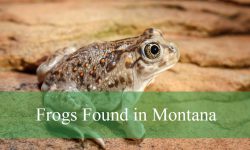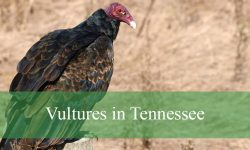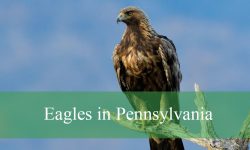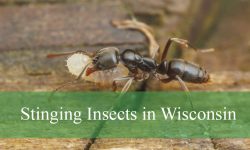Wyoming’s vast landscapes, from mountain meadows to river valleys, provide the perfect backdrop for spotting some of North America’s most dazzling hummingbirds. These tiny, fast-moving birds bring bursts of color and energy to the wildflower-filled habitats they frequent, making them a favorite for birdwatchers across the state.
This guide explores seven species of hummingbirds found in Wyoming, highlighting their unique traits, behaviors, and habitats. From the vibrant Rufous Hummingbird to the delicate Calliope, each sighting offers an unforgettable glimpse into the beauty of these remarkable birds.
Types of Hummingbirds Found in Wyoming
Black-chinned Hummingbird (Archilochus alexandri)

The Black-chinned Hummingbird is a small but striking bird, measuring about 3.25 to 3.5 inches in length with a wingspan of 4.25 inches. Males are easily recognized by their glossy black chin and a narrow, iridescent purple band just below it, which glistens when caught by the sunlight. Females lack the dark chin and instead display a plain white throat with light spotting. Both sexes have metallic green upperparts and a straight, slender bill suited for nectar feeding.
In Wyoming, these hummingbirds can often be identified by their distinctive hovering flight and rapid wingbeats, which create a soft humming sound. Their relatively plain appearance compared to other hummingbirds makes them more challenging to identify, but their dark chin and upright posture while perched set them apart. They are also known for their sharp “tik-tik” calls, often given while defending a food source.
Behaviorally, Black-chinned Hummingbirds are adaptable and opportunistic. They feed on nectar from flowering plants, but they also catch small insects mid-air to supplement their diet. Males establish territories during the breeding season and often perform looping dives as part of their courtship display. Despite their tiny size, they can be aggressive when defending feeding territories against other hummingbirds.
Their preferred habitats in Wyoming include riparian woodlands, mountain foothills, and areas near rivers and streams where flowering plants are abundant. They are most commonly observed in the warmer months, arriving in spring and departing for Mexico and Central America during fall migration. Their adaptability to both natural and suburban habitats makes them one of the more frequently spotted hummingbirds in the state.
Broad-tailed Hummingbird (Selasphorus platycercus)
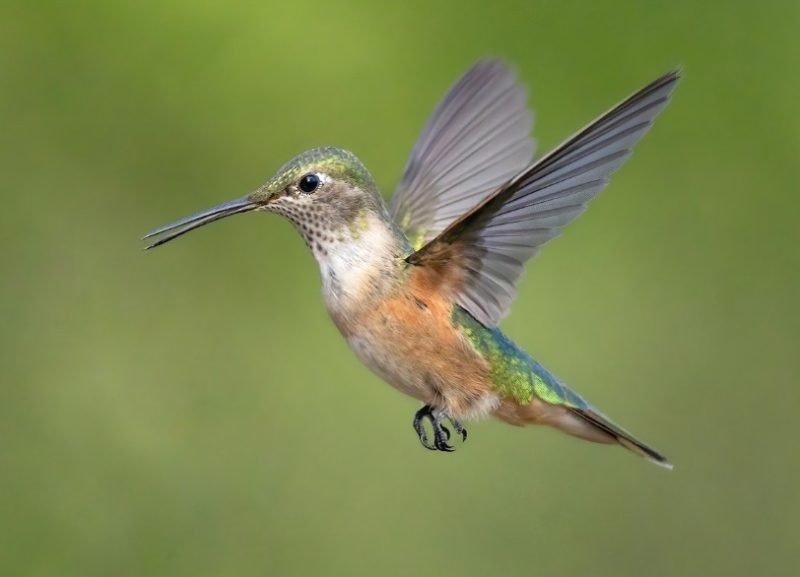
The Broad-tailed Hummingbird is a medium-sized hummingbird, measuring about 4 inches in length with a wingspan close to 5 inches. Males are easily identified by their iridescent rose-magenta throat, known as a gorget, which flashes brilliantly in sunlight. Females and immatures lack this bright gorget but have green upperparts, pale underparts, and a faintly streaked throat. Both sexes have a relatively long tail with broad feathers, which gives the species its name.
In Wyoming, Broad-tailed Hummingbirds are especially noticeable because of the distinctive metallic trilling sound made by the males’ wings during flight. This unique sound is one of the best field identifiers for the species. When perched, their slender build and shimmering green feathers help them blend into foliage, but their vocal flight announces their presence even from a distance.
Behaviorally, they are energetic and resilient, often seen feeding in meadows filled with wildflowers. They are also known for their hovering ability, allowing them to access nectar even from delicate flowers swaying in the mountain breeze. During breeding season, males perform aerial displays that include diving flights to impress females. They are highly territorial, often chasing away rivals and even larger birds from favored feeding spots.
Their habitat in Wyoming is strongly tied to mountain meadows, forest edges, and alpine regions where wildflowers are abundant. They thrive in higher elevations compared to other hummingbird species, making them a common sight in the Rocky Mountain ranges. They arrive in spring and typically remain throughout the summer before migrating southward to Central America for the winter.
Calliope Hummingbird (Selasphorus calliope)
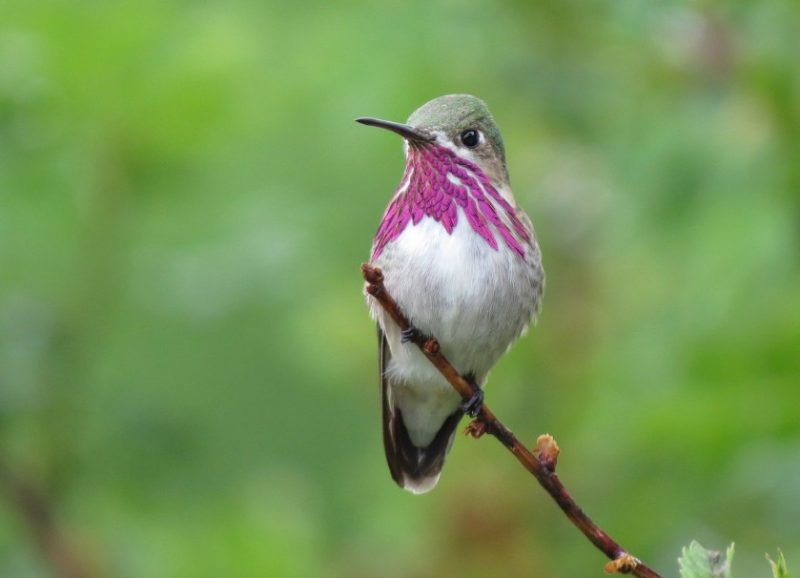
The Calliope Hummingbird is the smallest breeding bird in North America, measuring only about 3 inches in length with a wingspan of 4 inches. Despite its small size, it is highly recognizable, particularly the males, which feature a spectacular gorget of long, magenta-colored throat feathers that flare outward like a fan. Females and immatures are much plainer, with green backs, whitish underparts, and a faint peach wash along the sides.
Identification of this species in Wyoming is helped by its small size and distinct throat pattern in males. When in flight, they produce a high-pitched buzzing sound, and their small, compact bodies make them appear even more delicate compared to other hummingbirds. They are often mistaken for juvenile hummingbirds due to their tiny stature, but their flaring magenta throat feathers are unmatched.
Behaviorally, Calliope Hummingbirds are surprisingly fierce for their size. Males are highly defensive of their territories and will chase away much larger hummingbirds from feeding sites. They rely heavily on nectar from tubular wildflowers but also catch small insects for protein. Their migration is remarkable, as they travel thousands of miles from Central America to the northern Rocky Mountains, making them one of the smallest long-distance migratory birds in the world.
In Wyoming, Calliope Hummingbirds are typically found in high mountain meadows, forest openings, and areas with abundant wildflowers. They prefer cooler, higher elevation habitats compared to many other hummingbirds. Their presence in Wyoming peaks during the summer months, particularly from June through August, before they begin their long southward journey in late summer and early fall.
Rufous Hummingbird (Selasphorus rufus)
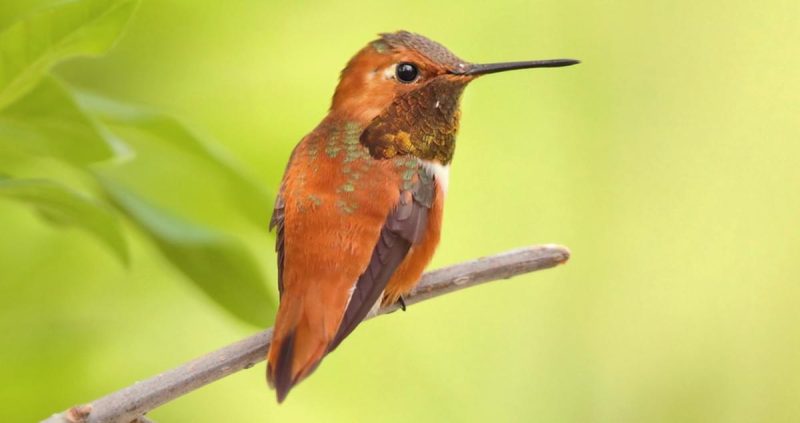
The Rufous Hummingbird is one of the most easily recognized hummingbirds in Wyoming due to its vibrant coloring and bold personality. Males are a brilliant orange-red overall, with an iridescent red gorget that gleams in direct sunlight. Females are less showy, displaying green backs, whitish underparts, and rust-colored flanks with hints of rufous in the tail. They measure about 3.5 inches long, with a wingspan of around 4.3 inches.
Identification in the field is straightforward thanks to the male’s fiery plumage, which stands out dramatically against the green and mountainous backdrops of Wyoming. Even females can often be distinguished from other species by the rufous tones in their tails and sides. Their rapid wingbeats and aggressive chases around feeders or wildflowers make them hard to miss.
Behaviorally, Rufous Hummingbirds are known for their incredible aggression and territoriality. They dominate feeding stations and often drive away not just other hummingbirds, but even larger bird species. Despite their combative nature, they are remarkable migrants, traveling up to 4,000 miles between their breeding grounds in the northwestern United States and Alaska and their wintering range in Mexico. This makes them one of the longest migratory travelers relative to body size in the bird world.
In Wyoming, Rufous Hummingbirds are most often observed during migration as they pass through mountain meadows, forest edges, and gardens filled with flowering plants. They are especially abundant in late summer when they follow the blooming cycles of wildflowers on their southward journey. Their presence is brief but unforgettable, as their fiery plumage and bold behaviors leave a lasting impression on birdwatchers and nature enthusiasts alike.
Anna’s Hummingbird (Calypte anna)
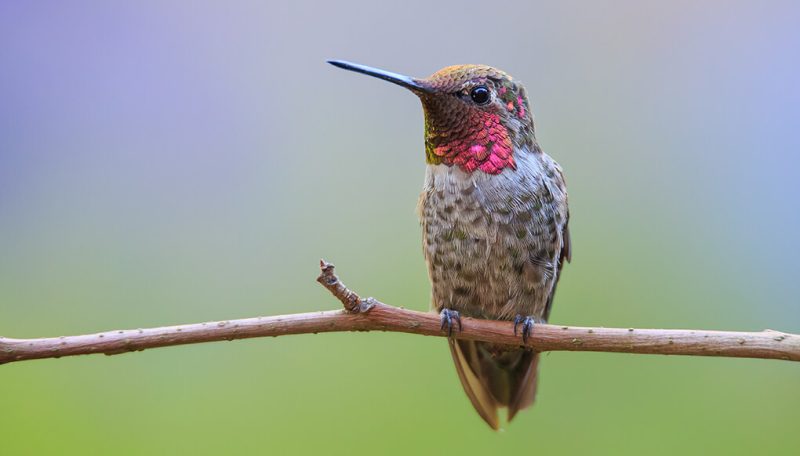
Anna’s Hummingbird is a medium-sized species, measuring about 4 inches in length with a wingspan of approximately 4.7 inches. Males are stunning, with a shimmering rose-pink gorget that extends across the entire throat and crown, creating a glowing helmet-like effect when caught by the sun. Females and immatures are less vivid, showing green backs, grayish underparts, and a smaller patch of red or pink on the throat. Their relatively stocky build and straight, slender bill help distinguish them from other hummingbirds.
In Wyoming, Anna’s Hummingbirds are not as common as in their native Pacific Coast range, but they occasionally appear, especially during migration or in areas where feeders are available. Their identification is most reliable through the male’s dazzling throat and head feathers, which separate them from other species. Even in low light, they can be recognized by their steady hovering flight and sharp, metallic calls.
Behaviorally, Anna’s Hummingbirds are remarkable because they are known to sing—a rare trait among hummingbirds. Males perform spectacular courtship dives, descending from heights of up to 130 feet while producing an audible burst of sound from their tail feathers. They feed primarily on nectar but also consume small insects for protein. Males are aggressive defenders of feeding territories and often chase away intruders with persistent energy.
Their habitat in Wyoming is mostly tied to gardens, wooded edges, and riparian corridors where flowering plants are plentiful. While not a regular breeder in the state, Anna’s Hummingbirds may occasionally linger during summer in suitable areas. Their adaptability to human-provided food sources, such as hummingbird feeders, increases the chances of spotting them in suburban or rural backyards.
Ruby-throated Hummingbird (Archilochus colubris)

The Ruby-throated Hummingbird is one of the most iconic hummingbirds in North America, measuring about 3.5 inches long with a wingspan of 4.3 inches. Males are easily recognized by their brilliant ruby-red gorget, which can appear dark in poor lighting but flashes brightly in sunlight. Females lack the red throat, instead showing a white underbelly and green upperparts. Both sexes have long, slender bills and iridescent plumage that glitters as they move.
In Wyoming, Ruby-throated Hummingbirds are rare visitors, as their primary breeding range lies in the eastern half of the United States. However, some individuals occasionally wander westward during migration, making sightings possible though uncommon. Their bright red throat in males is the clearest identifying feature, while females can sometimes be confused with Black-chinned Hummingbirds. Careful observation of size, shape, and coloration helps with proper identification.
Behaviorally, Ruby-throated Hummingbirds are known for their endurance. They are capable of flying non-stop across the Gulf of Mexico during migration, a journey of nearly 500 miles without rest. Like other hummingbirds, they feed on nectar from a wide variety of flowers and supplement their diet with insects. Males defend territories vigorously during the breeding season, performing courtship displays with swooping arcs to impress females.
Their preferred habitat includes woodlands, meadows, and gardens where tubular flowers are abundant. In Wyoming, when they do appear, they are most often found near ornamental gardens or wildflower patches that provide sufficient nectar sources. Their rarity in the state makes them an exciting and memorable sighting for birdwatchers lucky enough to encounter one.
Rivoli’s Hummingbird (Eugenes fulgens)
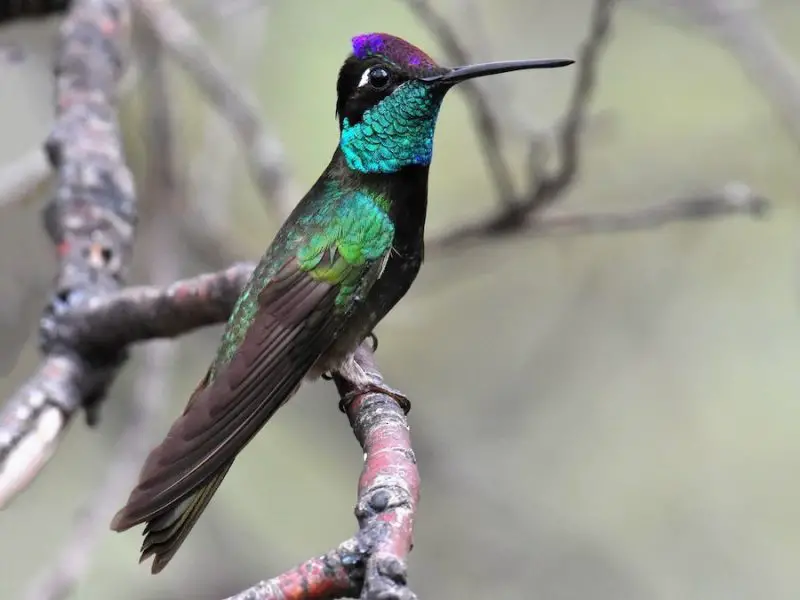
Rivoli’s Hummingbird, also known as the Magnificent Hummingbird, is one of the largest hummingbird species in North America. Measuring about 4.5 to 5.5 inches long with a wingspan of nearly 7 inches, it dwarfs most other hummingbirds found in Wyoming. Males are dazzling, with an iridescent emerald-green throat, a brilliant violet crown, and a dark chest that gives them a striking appearance. Females are more subdued, with green upperparts and grayish underparts.
In Wyoming, Rivoli’s Hummingbirds are considered rare visitors, typically appearing in higher elevation areas or during migration. Their large size alone makes them stand out from other hummingbirds, as they appear bulkier and more powerful in flight. Males, with their glittering head and throat feathers, are especially easy to identify if spotted.
Behaviorally, Rivoli’s Hummingbirds are strong fliers and highly competitive at feeding stations. They feed on nectar from a wide variety of flowers, but they also hunt insects with great agility. Their vocalizations include sharp “chip” calls, and during territorial disputes, males often engage in high-speed chases. Despite their size, they are capable of the same precise hovering as smaller species, allowing them to feed from delicate blooms.
Their habitat in Wyoming is generally associated with mountain forests, canyons, and areas where wildflowers are abundant at mid to high elevations. Although rare, they may occasionally be observed in gardens with feeders that attract multiple hummingbird species. Their presence in the state adds an element of surprise and excitement, as seeing one of the largest and most brilliantly colored hummingbirds is a special experience for birdwatchers.
Best Time and Place to See Hummingbirds in Wyoming
The best time to see hummingbirds in Wyoming is during the warmer months, typically from late May through early September. This period coincides with the blooming of wildflowers, providing abundant nectar sources for migrating and breeding hummingbirds. Peak activity is usually observed in midsummer, when multiple species, including the Black-chinned, Broad-tailed, Calliope, and Rufous Hummingbirds, are actively feeding and defending their territories. Early mornings and late afternoons are the most rewarding times of day to watch them, as they are especially active around feeding areas during these hours.
For the best places to view hummingbirds in Wyoming, head to mountain meadows, forest edges, and riparian zones where wildflowers and shrubs thrive. Locations such as the Bighorn Mountains, the Wind River Range, and Yellowstone National Park offer excellent opportunities for sightings due to their diverse habitats and rich floral resources. In addition, backyard gardens with native plants or hummingbird feeders can also attract these tiny birds, giving birdwatchers a chance to observe them up close without traveling far.
FAQs about Hummingbirds in Wyoming
What hummingbirds are found in Wyoming?
Wyoming is home to several species of hummingbirds, including the Black-chinned, Broad-tailed, Calliope, and Rufous Hummingbirds. Occasionally, rare visitors such as Anna’s, Ruby-throated, or Rivoli’s Hummingbirds may also appear.
When is the best time to see hummingbirds in Wyoming?
The best time to see hummingbirds in Wyoming is from late May through early September. This is when wildflowers are in full bloom, providing abundant nectar for both resident and migrating birds.
Where can I see hummingbirds in Wyoming?
Hummingbirds are most often found in mountain meadows, forest edges, and riparian zones. Popular spots include the Bighorn Mountains, Yellowstone National Park, and the Wind River Range, where wildflowers attract them in large numbers.
Do hummingbirds migrate through Wyoming?
Yes, most hummingbirds in Wyoming are migratory. They arrive in spring to breed and feed, then migrate southward in late summer and early fall to wintering grounds in Mexico and Central America.
How can I attract hummingbirds to my Wyoming garden?
Planting native flowering plants such as columbine, penstemon, and bee balm is one of the best ways to attract hummingbirds. Providing sugar-water feeders can also encourage visits, especially during migration periods.

